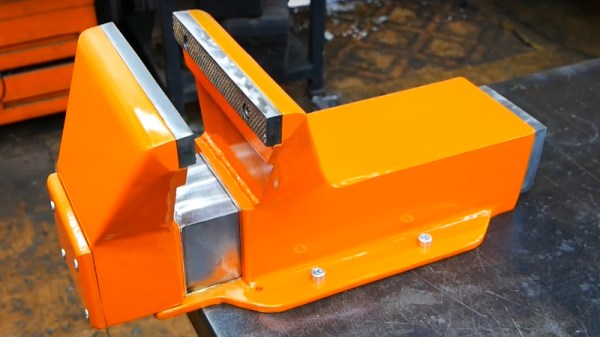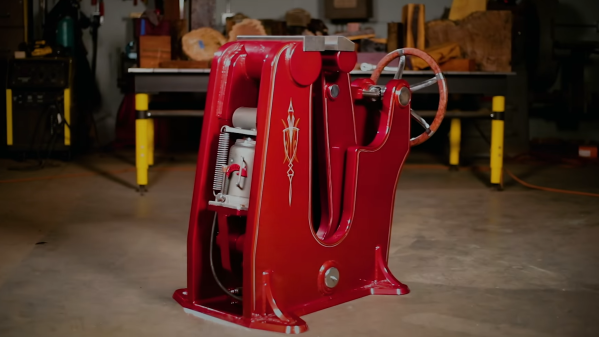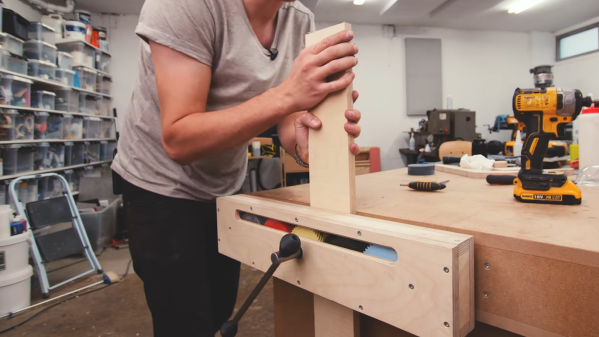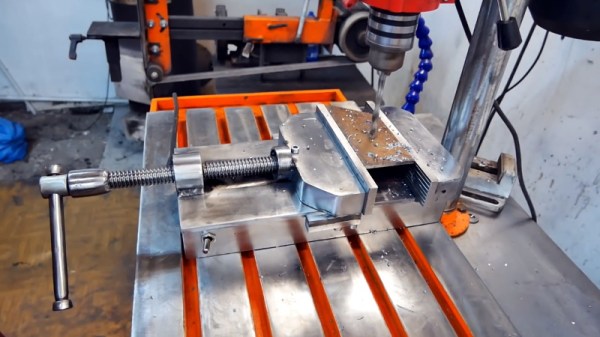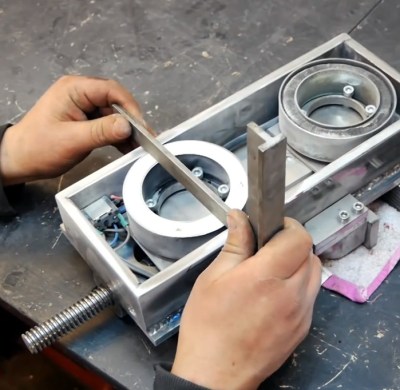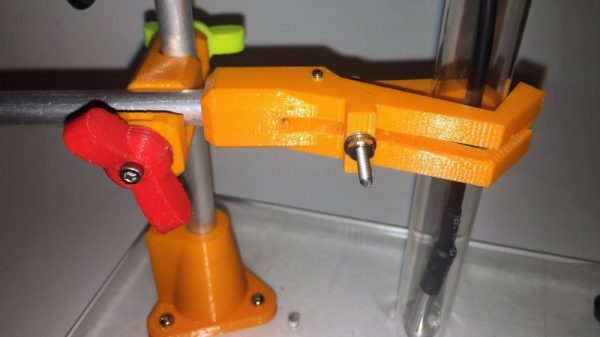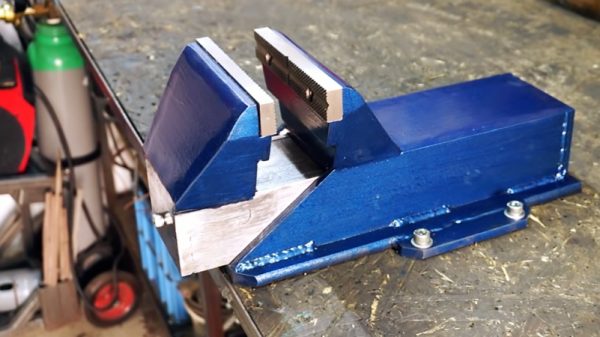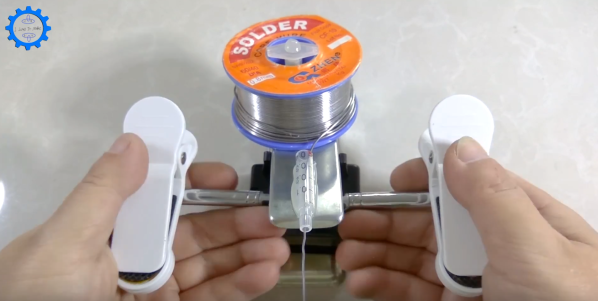When we sit down to a build video and see that it’s from [Workshop From Scratch], we know it’ll be a good one, full of plenty of gratuitous metal-wrangling with the promise of an ingenious and useful take on a workshop essential at the end. The home made hydraulic bench vise is the latest from that particular workshop, so settle down with the video below the break for a treat.
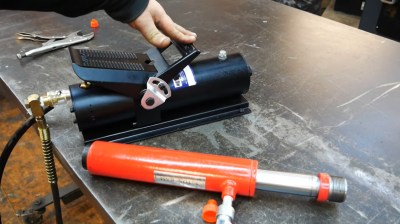 Unlike the lead screw we’d expect from a more conventional vise, this one uses a hydraulic pull cylinder and its associated compressor which is powered by compressed air. A substantial vise frame is constructed around the cylinder from thick steel plate, with some careful welding and grinding to ensure a smooth finish. The result is substantial clamping force with a very smooth and quick action, which doesn’t overhang the edge of the bench in the way a more traditional one does. The hydraulic tube is tucked away through a hole in the bench, and the foot-operated pump lies out of sight on the floor.
Unlike the lead screw we’d expect from a more conventional vise, this one uses a hydraulic pull cylinder and its associated compressor which is powered by compressed air. A substantial vise frame is constructed around the cylinder from thick steel plate, with some careful welding and grinding to ensure a smooth finish. The result is substantial clamping force with a very smooth and quick action, which doesn’t overhang the edge of the bench in the way a more traditional one does. The hydraulic tube is tucked away through a hole in the bench, and the foot-operated pump lies out of sight on the floor.
Looking at this vise with blacksmith-trained eyes, it raises the question of how it might perform were something in it to be hammered. Overhanging vises are vulnerable to splitting when hammered, so there’s the possibility that this one with its flat mounting might fare a little better. Either way it would be an asset to any workshop.
When it comes to vises, [Workshop From Scratch] is where we saw that magnetic vise earlier last year.
Continue reading “A Hydraulic Bench Vise, Made On The Bench”

